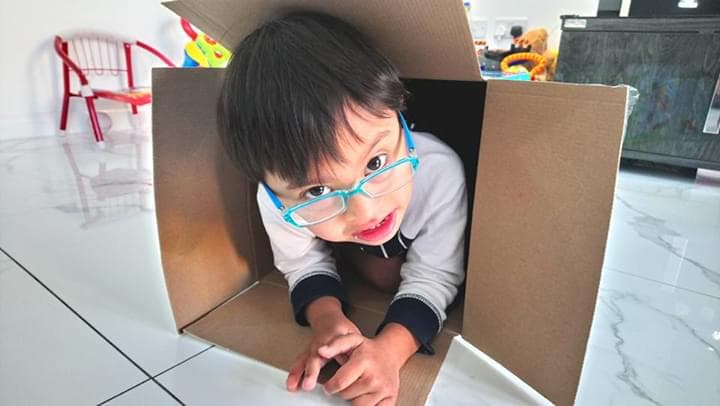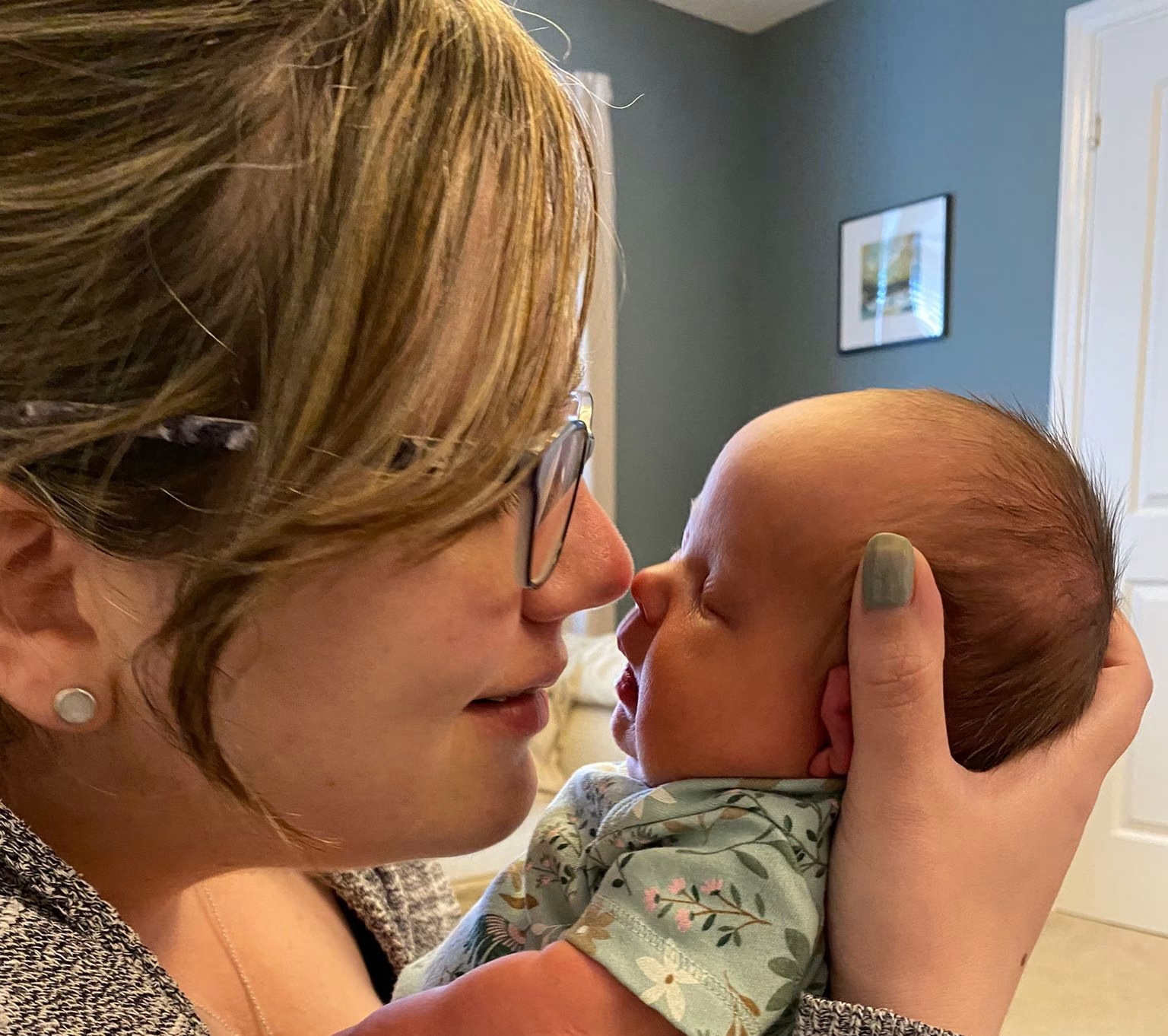- by Jo Willcox
Weaning can be an exciting, and sometimes nerve-wracking, milestone. For children with Down syndrome, there might be additional questions around readiness, feeding methods or sensory preferences. But as always, no one knows the day-to-day reality better than other parents.
That’s why, for this week’s Top Tips Tuesday, we asked our community to share their own experiences of weaning – what worked, what didn’t, and what they wish they’d known.
Here’s what they told us:
Follow your baby’s lead
Many parents told us that the biggest learning curve was realising their child would let them know what they were ready for – and when.
“I really wanted to do baby-led weaning, but R wasn’t quite ready at 6 months. We started with purées alongside bits of food to explore. Over time, he let us know when he was ready to feed himself. You don’t have to get it all right straight away – follow their cues.”
“I would have kept H on purées for longer, but he clearly wanted more. We went through every stage of purée – even though we were advised to skip some – and it worked best for him.”
Create shared mealtimes
Several parents shared how helpful it was to eat together as a family from the start.
“R eats whatever I eat at home. From the beginning we’ve eaten together so he could observe what I do. Now he absolutely loves his food – curry and quesadillas are his favourites!”
“We started J on whatever we were eating – mashing some and putting bits on the tray to explore. She took to it so well and will eat anything.”
Embrace mess and keep it fun
Messy mealtimes were a common theme – and often a sign of happy exploration!
“A has always loved toast. We usually start with that so he has something familiar, then he moves on to his dinner once his appetite kicks in. He’s a very, very messy eater but we’ve learnt to embrace the mess.”
“Best tip? It’s going to be messy. Really messy. Embrace the chaos and it’s a lot more fun.”
Small tricks that made a big difference
From silicone spoons to frozen purée straws, parents had plenty of clever ideas:
“Food directly on the highchair tray worked better than a plate. Flat silicone spoons were easier for R to get in his mouth.”
“A tip I loved from baby-led weaning groups: fill a silicone straw with purée and freeze it. It helps with hand-to-mouth coordination and is fantastic when teething.”
“I discovered that if I give ‘I’ the spoon and help her feed herself, she eats more than if I do it – especially when she’s getting bored.”
Some babies just need more time
Not every child takes to solids straight away – and that’s okay.
“We started weaning O at just over 6 months, but he didn’t swallow anything until around 17 months. It was nearly a year of trying, lots of input from SALT and learning about dysphagia – but in the end, it just clicked. He just needed time and perseverance.”
And finally, don’t assume the process will be harder because of Down syndrome
“C actually weaned better than his typically-developing little sister! Don’t assume they’ll struggle more – every child is different. Follow their lead.”
You’re not alone
Weaning looks different for every child, but the shared message from parents was clear: trust your instincts, embrace the mess, and take your time.
Want to add your voice to the conversation? Every Tuesday on our social media, we invite you to share your wisdom in Top Tips Tuesday on our Facebook groups. Your tip could be just what another family needs to hear. 💛
Share this post
Author
 Community Social Media and Marketing Coordinator
Community Social Media and Marketing CoordinatorJo Willcox is a teacher and author who has been part of the DSUK team since 2024. In her role, she connects daily with parents and online communities, helping to bring voices together and strengthen the DSUK community.
View all posts







